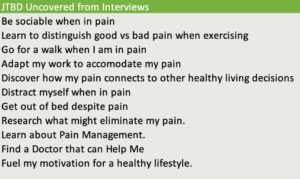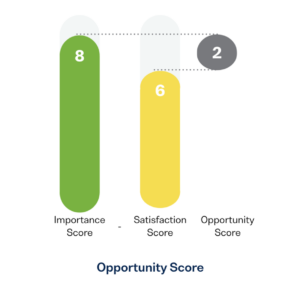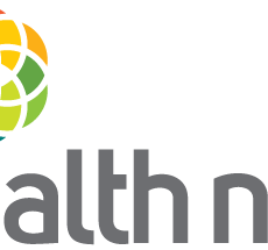
What Participants Want.
By Katy Plant & Corina Paraschiv
Over the last few months we have been taking a deep dive to better understand user’s motivations in order to align our product to what our users find valuable. We started our journey a few months back when we looked at what motivates participants to want to make changes to their health. More recently, we focused on talking to participants with pain, one of the most sited symptoms from our users.
What happens when someone with a chronic condition runs a search on pain management? Every day, thousands of individuals attempt this, and yet their search for solutions never seems to end.
In our latest research, 149 survey participants helped our team understand what users seek to achieve when considering pain management options. Ultimately, we wanted to validate our assumption that our Better Choices, Better Health® program is a service that someone would value to help them with managing their pain.
Participants rated importance and satisfaction for 137 pain-related desired outcomes over three key Jobs to be Done (JTBD).

Pioneered by Clayton Christensen, father of disruptive innovation, the JTBD methodology identifies the “jobs” for which a customer hires a company. In the case of pain management, our fifty-nine qualitative interviews revealed 35 JTBD.
Through card sorting, we further narrowed down our focus to three Jobs:

(1) Learning new ways to do a task when in pain
(2) Accepting the limitations brought on by pain
(3) Decline an invitation or event
For each of these three jobs, we mined the interview transcripts and extracted desired outcomes. These 213 desired outcomes were then reviewed by our team to identify the ones that best aligned with our Better Choices, Better Health program. These 137 desired outcomes became the basis of three surveys, reaching a combined total of 149 participants.

As with any dataset, the risk of over-representing opinions which fall outside of the target users was real. In order to avoid this, we ran importance and satisfaction scores through different models, weighting desired outcomes more heavily when it had a higher importance score. Our goal was to identify jobs with a larger opportunity gap. This opportunity gap translates to higher importance ratings and lower satisfaction ratings. We thus identified only desired outcomes which mattered significantly to individuals living with chronic pain. Interestingly, these outcomes were rated as important by at least 80% – and in some cases over 90% – of respondents. In addition to being important, they were also common pain points for this target population.
We now know what matters most to participants as they embark on their pain management quest. Understanding their needs helps us better engage with them in the recruitment phase. It also allows us to deliver on things that matter to them as they complete our program.
 Knowing the Job participants hire us for is the first half the battle. Communicating these benefits in a recognizable and engaging way is the next big milestone. Our team is now hard at work preparing our next phase of the research, so we can put an end to the endless search.
Knowing the Job participants hire us for is the first half the battle. Communicating these benefits in a recognizable and engaging way is the next big milestone. Our team is now hard at work preparing our next phase of the research, so we can put an end to the endless search.



